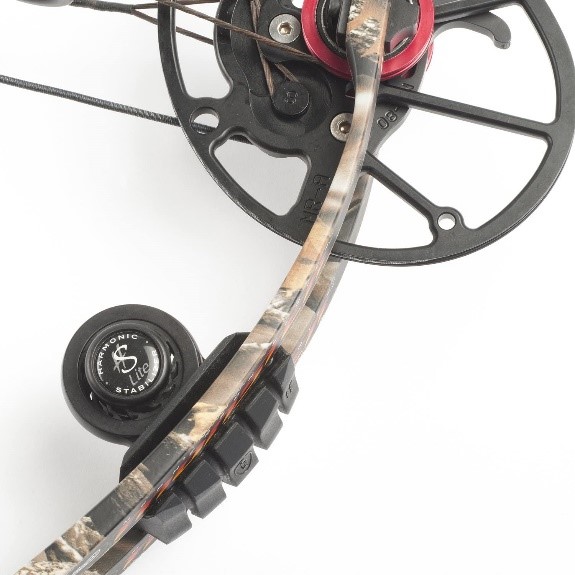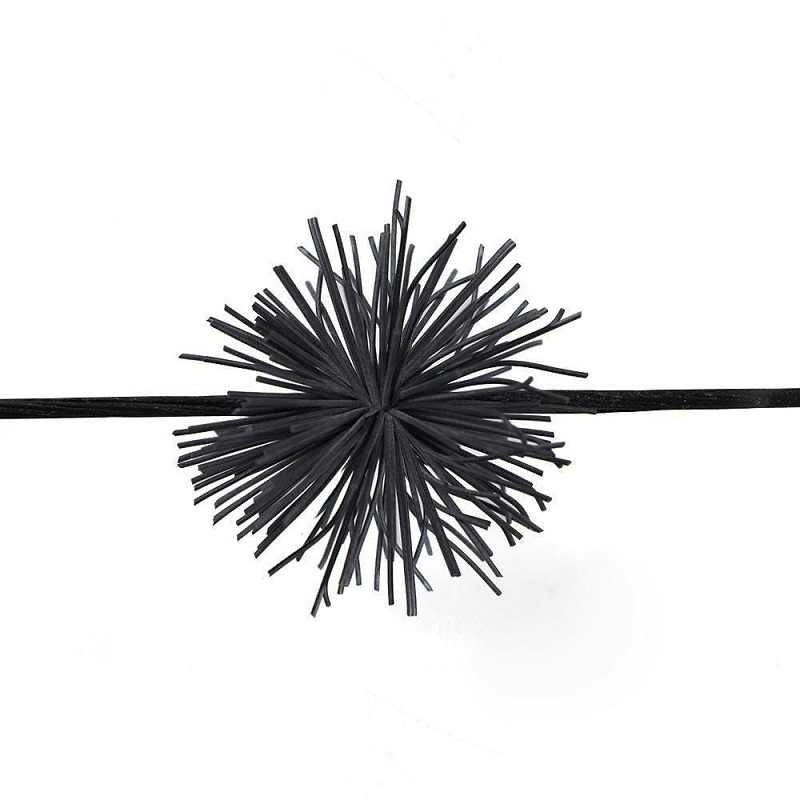Dampening Effect: Key Ways the Bowhunter Can Minimize Sound
I didn’t learn how to bow hunt all at once. None of us have. Many of the lessons and experiences have come in pieces – and some of them have been painful. There are so many variables with bowhunting, and often the one thing you screw up ruins the whole deal. It’s not always the end of the world, but it can seem like it. When hunting whitetails and other game, the details matter.
The pitfalls are never-ending: shoddy arrows, poor shooting form, inadequate scent management. You get the idea. There is nothing worse than being winded by a doe or watching your arrow sail over the back of your hit-list buck.
While these and many other issues have caused me trouble at one time or another, nothing has sabotaged more hunts than making too much noise before during, and after the shot. As brothers and sisters of stick and string, we bend over backward to minimize our footprint in the deer woods. Yet, it often all comes crashing down during the moment of truth – all at the hands of sound. You know, the snaps, clinks, cracks, and tings that drive us crazy and send deer scrambling for cover.
First, let’s address some of the non-bow related sounds we make upfront.
The Calls
Grunt and bleat calls are great but, unlike on some television shows, you shouldn’t expect them to elicit a buck to wildly come running to you. Be shrewd and use calls in moderation – especially if you are inexperienced with using them. Oftentimes, the racket can hurt rather than help. Rattling, in particular, can be disruptive, especially during the non-rut periods of the season. While it can be tempting to try to emanate the buck fight of all buck fights, consider mimicking more subtle sparring.
The Stand
I have a hunting buddy who has been dubbed “Colonel Klink” for his innate ability to make every metallic sound possible in his tree stand. Wherever possible, muffle sound on your stands. Use felt or heavy cloth on the areas you’re likely to make contact with the stand. One of my favorites is to use foam pipe insulation tubes on guard rails, stairs, and other metal surfaces. If you’re amenable to hunting on the ground, pop-up blinds are a quieter alternative. In either case, avoid using Velcro.
The Bow
Think of a whitetail’s great hearing ability. Bow vibration and loose components can be noisy. Your bow is put through a lot of stress in the field. It’s dragged through brush and banged against limbs and truck beds.
It’s tempting to think that these slight sounds are benign because you can barely hear them. As mentioned, the sounds coming from the bow itself is often the culprit that wrecks an archery hunt. There are so many parts of a compound bow that can cause unwanted sound; the roller guards, string, cams, limb pockets, and more. The various screws used for attaching bow sites, rests, quivers, and other add-ons on the bow can cause arbitrary sound as well. Check the screws and occasionally tighten them. Affixing adhesive felt to and around the sources of noise can also be helpful. A common area for this DIY-sound-dampening is around the rest.
Remember, there is a lot of pressure involved with compound bows during the draw cycle. Your best bet may be to visit your local bow shop. With a bow press, they can help to identify and correct many noises. Consider it money well-spent.
The Accessories That Help
While bow add-ons can be the source of rattles and other sounds, if maintained properly, they can relieve pressure and dampen sound. Here are a few of them.
Stabilizers
Stabilizers perform three main functions: minimizing vibration, helping you steady the bow, and yes, dampening noise. When the arrow is released, a whole lot of pent up energy is released. The result is vibration and noise. Stabilizers work to kill vibration and noise by soaking up some of the vibrations, much like a good running shoe does as your feet meet the pavement. While most hunters value the weight and inherent stability a bow stabilizer provides, sound decibels are also decreased. For this reason, I prefer rubber stabilizers.
Limb Dampeners
These days, compound bows have built-in dampeners in their riser. A well-made bow shouldn’t create a lot of noise through the limbs, but some will resonate. The simple truth is that a compound bow’s limbs flex and bend when an arrow is released. The ensuing vibration and twang can be a deal-breaker. A good limb dampener helps to absorb sound. Adding some to your bow will enhance your success.
String Silencers
Last, but certainly not least, install some variety of string silencer. The largest source of vibration in the bow is the string. When an arrow is released, the stored energy from the limbs and cams is delivered to the strings. Any remaining energy not effectively transferred to the arrow is vibrated back to the string, and sound ensues. Most string silencers are made out of rubber and are designed to absorb vibration during the draw cycle and after the arrow separates from the string. Under extreme tension, the bowstrings can cause a detestable twang. It’s astonishing how quickly deer can react to it despite the speed of today’s bows.
Successful bowhunting means stealthily getting into close range of deer and other animals. Since game is endowed with incredible hearing ability, noise can prove to be our nemesis. Minimizing unnatural sound is what stands between filling your tag or going home dejected.
Based in Texas, Jerald Kopp is President of 1st Light Hunting Journal. His articles cover a variety of topics about hunting and the outdoor lifestyle. Jerald is an avid outdoorsman with deer hunting and whitetails being by far his greatest passion. He was introduced to hunting and fishing at an early age and has been enjoying it for 40+ years. In 2005, he established the Empowerment Outfitter Network (EON) – a faith-based non-profit organization that provides hunting opportunities for disabled and terminally-ill children and youth. When not hunting, he spends his time traveling and enjoying life with Amy, his wife of over 30 years. Jerald and Amy have two adult daughters and a son-in-law.







